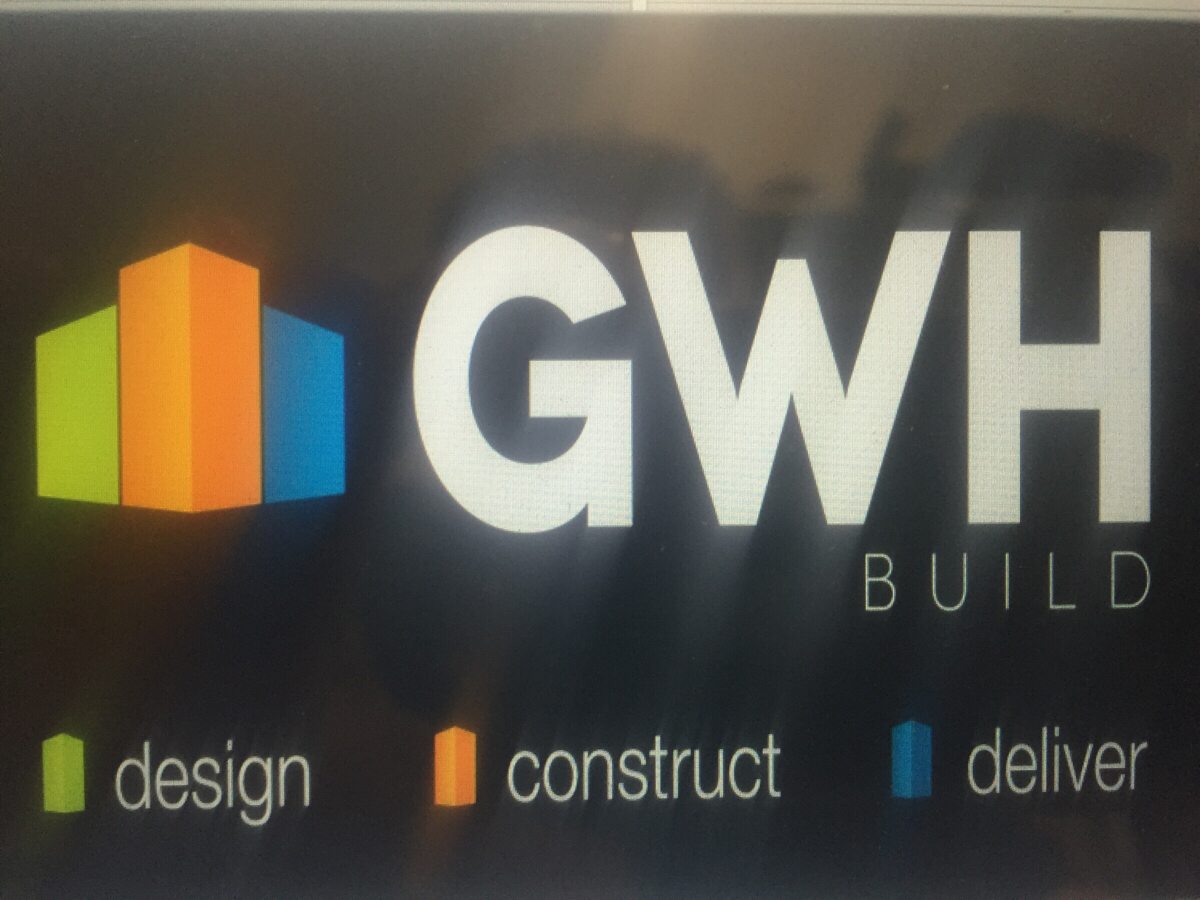Information
-
Document No.
-
Audit Title
-
Client / Site
-
Conducted on
-
Prepared by
-
Location
-
Personnel
1. Job Information
-
OSHA 300 forms posted and complete?
-
OSHA poster posted and current?
-
Weekly safety meetings up to date?
-
Work areas properly signed and barricaded?
-
Phone no. & directions for nearest medical center posted?
-
Phone no. for police and fire departments posted?
-
Are potable drinking water and toilet facilities available at the site?
-
Workers Compensation information posted?
-
Are first aid kits available and inspected weekly?
-
Is each employee instructed in the recognition & avoidance of unsafe conditions?
-
Ventilation in work areas is adequate for the type of work?
-
Add media
2. Housekeeping
-
General neatness of work area is acceptable?
-
Projecting nails removed or bent over?
-
Waste containers provided and used?
-
Passageways and walkways clear?
-
Barricade tape is properly maintained?
-
Electrical cords, hoses, welding leads etc, are elevated to prevent tripping hazard?
-
Add media
3. Fire Prevention
-
Adequate fire extinguishers, checked and accessible?
-
Fire extinguishers marked and inspected monthly?
-
Access to fire extinguishers is properly maintained?
-
Inspection tags current and signed?
-
"No Smoking" posted and enforced near flammables?
-
Add media
4. Electrical
-
Extension cords or attachments cords with bare wires or missing ground prongs or damaged taken out of service?
-
Terminal boxes equipped with required covers?
-
Are flexible cords & cables protected from damage?
-
Are unused openings in cabinet boxes and fittings closed?
-
Are all cabinets, panels, and switches located in wet locations enclosed in weather proof enclosures?
-
Warning signs are exhibited on high voltage equipment (250V. or greater)?
-
Are electrical panels labeled?
-
Has a positive lock-out/tag-out system been established by the project electrician?
-
Where high voltage work is performed, employees are trained and/or certified. Hot work permits are utilized?
-
Tests are performed to determine if circuits are "hot" or deenergized?
-
All line parts are guarded or protected against accidental contact?
-
GFCI controlled outlets and panels are labeled and tested?
-
Outlets, receptacles, junction boxes, etc., are approved and maintained in a proper manner?
-
Electrical cords are suspended with non conductive material?
-
Temporary lighting is properly installed?
-
Add media
5. Hand, Power & Powder Actuated Tools
-
Hand tools inspected regularly?
-
Guards in place on machines, such as saws?
-
Tools are maintained and in a safe condition?
-
Right tool being used for job at hand?
-
Operators of power actuated tools are licensed?
-
Add media
6. Fall Protection
-
Safety rails and cables are secured properly?
-
Employees exposed to fall hazards are tied off?
-
Employees below protected from falling objects?
-
Employees trained in fall protection?
-
Are employees working more than 6' above a lower level protected by guardrails, safety nets, personal fall arrest system?
-
Add media
7. Ladders
-
Ladders extend at least 36" above the landing?
-
Ladders are secured to prevent slipping, sliding, or falling?
-
Ladders with split or missing rungs taken out of service?
-
Stepladders used in fully open position?
-
No step at top 2 rungs of step ladder?
-
Add media
8. Scaffolding
-
All scaffolding inspected daily?
-
Erected on sound rigid footing?
-
Tied to structure as required?
-
Guardrails, intermediate rails, toe boards and screens in place?
-
Planking is sound and sturdy?
-
Employees below protected from falling objects?
-
Scaffold height does not exceed 4 times the width or base dimension without proper tie offs?
-
Scaffold planking extends over end supports between 6 to 18 inches?
-
Scaffold planking overlaps a minimum of 12 inches?
-
Employees are restricted from working on scaffolds during storms and high winds?
-
Employees working on scaffolding have been scaffolding user trained?
-
Employees who erect and dismantle scaffolds have been scaffolding user trained?
-
Provide proper access and egress?
-
Scaffolding tags are used to identify incomplete scaffolds?
-
Complete decking is provided?
-
Scaffolds are free of defects and built per specs?
-
Are materials stored away from scaffold bases?
-
Overhead protection is provided where there is exposure?
-
A substantial and adequate base is provided?
-
Scaffold boards are secure?
-
Two point suspension scaffolds are properly erected?
-
Approved design?
-
Life lines provided?
-
Rope grabs provided, as needed?
-
Fall protection used as required?
-
Are the wheels locked on rolling scaffolds?
-
On rolling scaffolds, is proper planking being utilized? if so, is it all in one level? (not staggered)?
-
Add media
9. Floor & Wall Openings
-
All floor and deck openings are planked over or barricaded and marked?
-
Perimeter protection is in place?
-
Deck planks are secured?
-
Materials are stored away from edge?
-
Add media
10. Trenches, Excavation & Shoring
-
Competent person on hand inspecting as per the OSHA standard?
-
Excavations over 5' in depth are shored or sloped back?
-
Materials are stored at least 2 feet from trench?
-
Equipment is a safe distance from edge of trench or excavation?
-
Ladders provided every 25' in trench more than 4' deep?
-
Have underground utility installations been located?
-
Are employees exposed to vehicular traffic wearing warning vests or reflectorized or highly visible material?
-
Add media
11. Material Handling
-
Materials are properly stored or stacked?
-
Employees are using proper lifting methods?
-
Tag lines are used to guide loads?
-
Proper number of workers for each operation?
-
Add media
12. Welding & Burning
-
Gas cylinders stored upright and secured?
-
Proper separating distance between fuels and oxygen? (min 20')
-
Burning/Welding goggles or shields are used?
-
Fire extinguishers are nearby?
-
Hoses and regulators are in good condition?
-
Are proper helmets, aprons & gloves available for welding & cutting operations?
-
Are only trained personnel permitted to operate welding and cutting equipment?
-
Fire watches are properly trained and provided as required?
-
Hot work permits used?
-
Add media
13. Cranes
-
Outriggers are extended and swing radius barricade in place?
-
Operator is familiar with load charts?
-
Crane operator's logs are up-to-date?
-
Employees kept from under suspended loads?
-
Chains and sling inspected and tagged as required?
-
Hand signal charts are on crane?
-
Add media
14. Concrete Construction
-
Employees are protected from cement dust?
-
Exposed skin covered?
-
Runways are adequate?
-
Walls over 8' are supported?
-
Are all protruding reinforcing rods covered?
-
Is lockout/tag out procedure in use on any machinery where inadvertent operation could cause injury?
-
Proper access and egress provided?
-
All exposed rebar ends protected from exposure, both horizontal and vertical?
-
Masonry saws are guarded with semicircular enclosure over blade?
-
All shoring erected to and/or support concrete is substantial and adequate?
-
Precast and lift slab operations as performed in accordance with standards?
-
PPE required for these operations is provided and used?
-
All connections on air hoses and pipes are secured to prevent displacement?
-
Add media
15. Personal Protective Equipment
-
Hard hats are being worn?
-
Safety glasses are being worn?
-
Respirators are used when required?
-
Hearing protection being worn when required?
-
Traffic vests being worn?
-
Safety harnesses required/worn in proper manner?
-
Lanyards equipped with shock absorbers?
-
Landyards are adequately secured to a substantial object and fall distance is maintained to a minimum?
-
Foot and Toe protection is provided/used?
-
Add media
16. Vehicles
-
Do vehicles, earth moving or compacting equipment with an obstructed view to the rear have a backup alarm or used with an observer?
-
Do vehicles and earth moving equipment have seat belts and are they used?
-
Are flagmen wearing reflectorized garments and using flags, sign paddles or lights?
-
Site vehicles are inspected before each use?
-
Personnel are licensed for the equipment they use?
-
Add media
17. Stairs
-
Are flights of stairs with 4 or more risers equipped with standard stair railings or handrails?
-
Add media
18. Excavation and Trenching
-
Documented daily inspection performed, including adverse weather changes?
-
Shoring equipment is approved type and properly installed and removed?
-
Proper access and egress provided?
-
Barricades are properly erected?
-
Add media
19. Steel Erection and Floor/Wall Openings
-
Proper access and egress provided?
-
Perimeter cables adequate and properly installed?
-
Wall and floor openings properly guarded and covered?
-
Elevated areas are free of loose material/debris that could fall to levels below?
-
Static or life lines are installed to facilitate tie off?
-
Bolt up requirements are met?
-
Bolt buckets are used to contain bolts?
-
Decking requirements are met?
-
Proper rigging techniques are met?
-
Adequate barricades and signs are posted in the area to warn employees?
-
Signals and warnings are sounded when loads are raised?
-
All employees are wearing and using required PPE (safety harness and landyards)?
-
Steel erection plan developed?
-
Add media
20. Compressed Gas Cylinders
-
Are oxygen and fuel gas cylinders stored a minimum of 20 feet apart?
-
Is smoking prohibited in cylinder storage areas?
-
Gas bottles are properly labeled?
-
Gas bottles are properly secured, upright and capped?
-
Gas cylinders are properly moved and transported?
-
Add media
21. Elevated Work Platforms
-
Elevated work platforms are of substantial construction and secured properly?
-
A means of tie off is provided and used?
-
Proper access and egress is provided?
-
Elevated work platforms are used in accordance with manufacturers recommendations?
-
Outriggers used, as required?
-
Ground controls operational?
-
Operators trained and certified?
-
Fall protection provided and used?
-
Employees keep both feet on platform and do not work off guardrails?
-
Add media
22. Confined Space
-
Confined Space Permits are in place and properly signed?
-
Are personnel entering or otherwise part of confined space operations trained?
-
Are oxygen and acetylene cylinders kept outside the space?
-
Confined spaces such as tanks, pipelines and trenches are tested prior to cutting & welding operations?
-
Hot work permits are utilized and on file?
-
Confined space monitoring is current?
-
Add media
23. Enforcement
-
Verbal reprimands or safety citations are issued to correct unsafe acts/conditions and documentation provided?
-
Documented field safety inspections performed?
-
Corrective actions assigned and abatement documented?
-
Add media
24. Education and Training
-
New employee training, identification and orientation?
-
Are JSA being utilized for critical tasks?
-
Inspection of personal OSHA certification performed?
-
Add media
25. Miscellaneous
-
Is a written Hazard Communication Program on site including MSDS, materials list, containers labeled, employees trained?
-
Is exposure to lead or lead based paint, such as paint removal controlled?
-
Is exposure to silica, such as sand blasting, using sand or cutting brick or cinderblock controlled?
-
Is exposure to asbestos controlled?
-
Add media
26. Comments
-
Add media
-
Add signature
-
Select date











